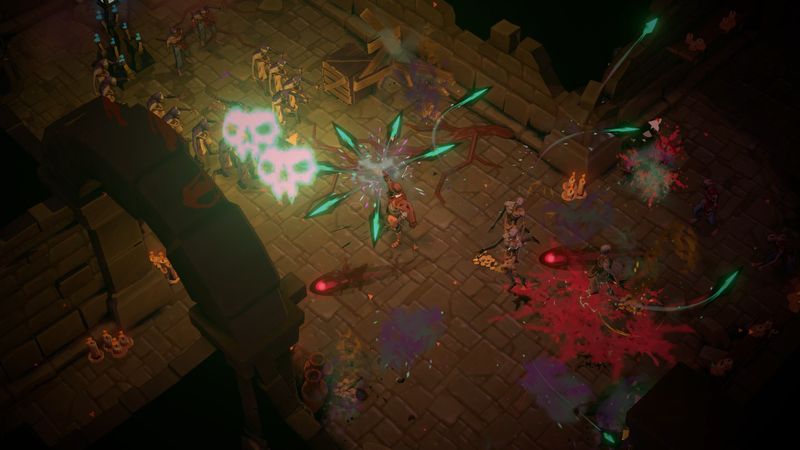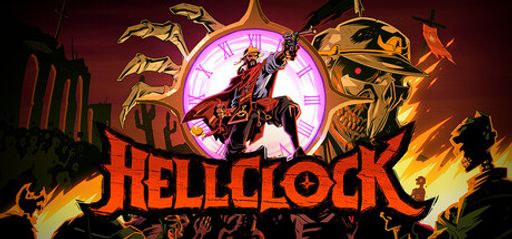As someone who lives and breathes optimization, I dove headfirst into Hell Clock—Rogue Snail’s new roguelike-ARPG from publisher Mad Mushroom—to see whether its dark-fantasy twist on Brazil’s War of Canudos could become my next speedrun obsession. Here’s my take, broken down into the key areas that matter to me and fellow runners, builders, and dungeon-delvers.
Overall Impressions
What stood out immediately was that opening act: combat flows beautifully, movement feels tight, and every swing or spell hit with satisfying weight. It’s clear the team poured love into the core loop. Boss designs are creative, relic combos can feel fresh, and the dark-fantasy setting—rooted in a real historic clash—adds uncommon flavor.
But the shine dims quickly once you hit that second boss wall. Runs stall for dozens of repeats, relic RNG feels punishing, and the pacing grinds to a near-halt. Compared to peers like Diablo IV or Path of Exile, Hell Clock delivers on fluid action but stumbles on build depth and run momentum. It’s a great framework, but it needs tuning before it earns top billing in the genre.
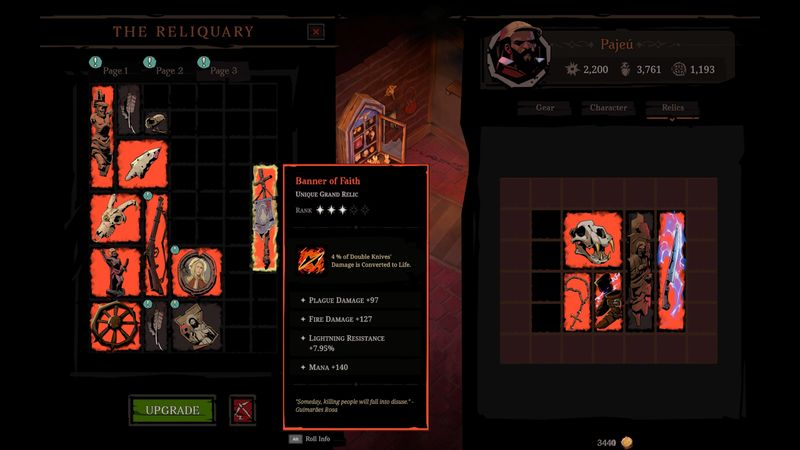
Gameplay Mechanics
Combat & movement shine in Hell Clock, with razor-sharp attacks and responsive dodges that empower sub-20-minute Act I clears. Early runs showcase relic & ability flavor, from fire relics that amplify AoE to curse relics that accelerate cooldowns, delivering engaging combo potential. Moreover, the dynamic upgrade system lets you level relics mid-run at workbenches, offering on-the-fly boosts to damage or defenses that transform underpowered builds into unstoppable forces.
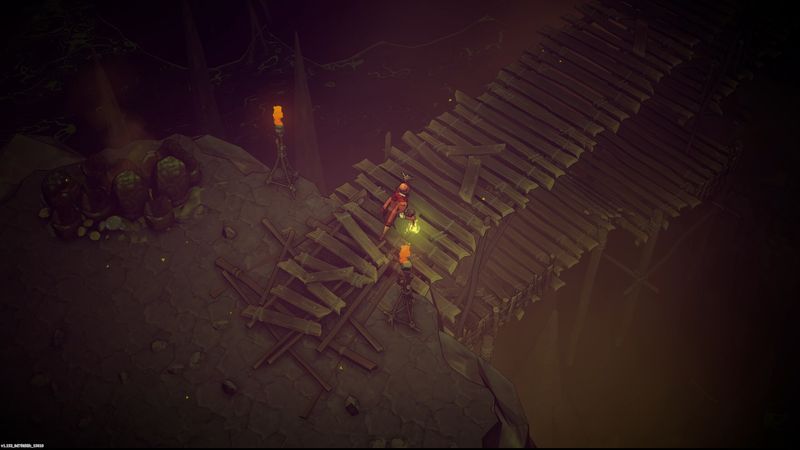
Despite these strengths, skill synergy gaps hinder a fully cohesive experience—many abilities act as mere “stat sticks,” forcing reliance on one or two carry relics instead of a synchronized arsenal. Additionally, the RNG pacing wall crops momentum after Act I, as looping waits for ideal relic drops stall speedruns. Finally, the passive tree’s emphasis on survivability and resources sidesteps direct damage nodes, which feels odd in a game centered on blasting through foes.
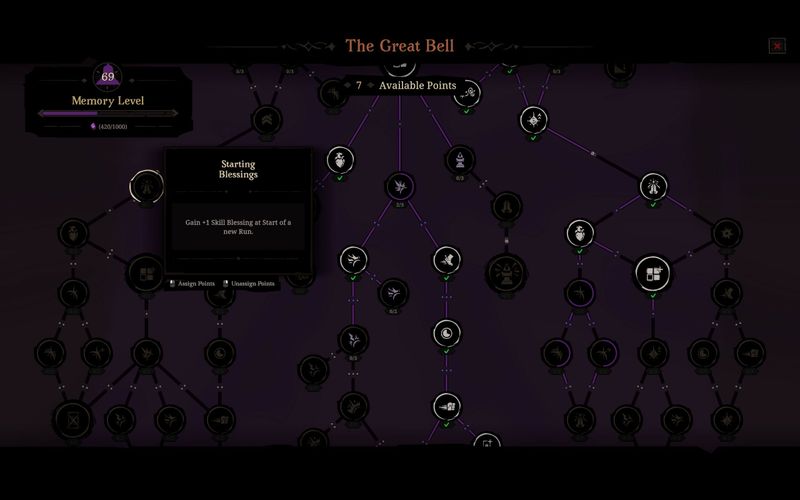
Standout Moment: On my first run, I fused a poison-stack relic with a lightning chain relic. Watching a horde melt in seconds was pure joy. But replicating that combo took 30 more runs—an immediate caution flag for anyone chasing fast clears.
Story and Characters
Hell Clock borrows its backdrop from the War of Canudos in late 19th-century Brazil, then plunges it into a demonic fantasy. You play as one of several inhuman champions bound to time-shattering relics. The lore threads are intriguing—prophetic sects, rebel strongholds, corrupt crown forces—but the narrative delivery is light. You’ll see short dialogue snippets and meet memorable boss elites, yet there’s no deep character arc. For some players, that’s fine: it keeps the focus on loot and builds. I respect the world-building ambition, but I’d love to see more NPC interactions or overarching quests in a future update.
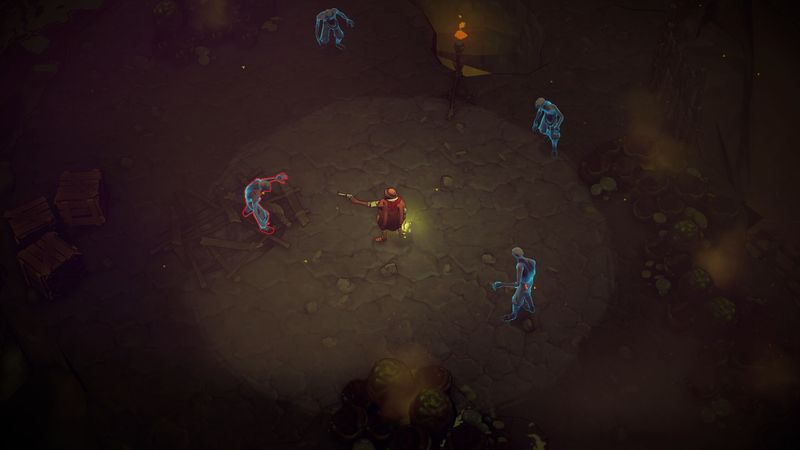
Visuals and Graphics
Rogue Snail nails a gritty, dark-fantasy palette. Textures are crisp, enemies sport grotesque charm, and spell effects pop without obscuring your view. Dungeon layouts shift subtly each run, keeping exploration fresh. On PC I saw zero frame-rate drops, though a few players on forums mentioned performance hitches on lower-end rigs. Overall, the art direction and technical polish fuel the mood perfectly.
Sound and Music
Voice acting stood out in user feedback—and I agree. Grizzled rogues, fanatical cultists, epic boss taunts—all deliver personality. The soundtrack mixes tribal drums with choral swells; it nails tension in miniboss rooms and soothes you when you discover a new relic. Sound effects—metal clanks, eldritch roars, arcane blasts—are balanced. No glaring audio bugs, and the overall soundscape deepens immersion in Rogue Snail’s warped version of Brazil’s hinterlands.
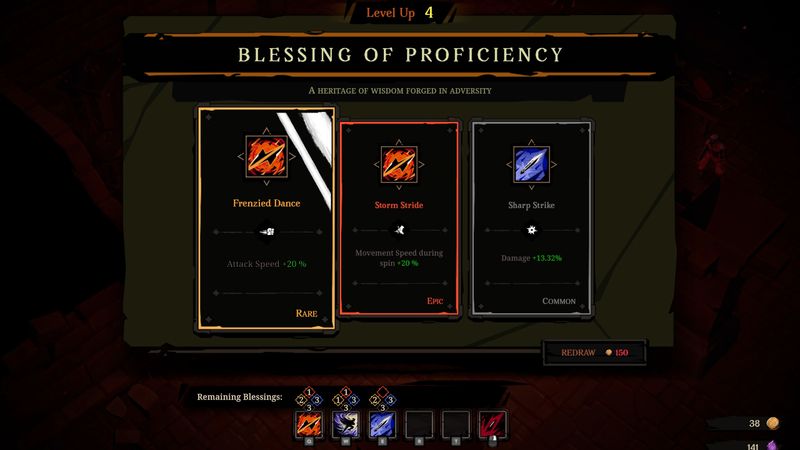
Difficulty and Replayability
Hell Clock is generous with new relics and builds, so the first dozen runs feel rewarding. After that, a wall between Acts I and II slams shut. Less than 11 % of players have beaten Act II, according to in-game achievements. That tells you everything: many players hit a frustration spike.
For speedrunners, that sporadic RNG is a double-edged sword. On one hand, the game’s fluidity and boss patterns reward mastery. On the other, if you don’t roll the right relic pairings early, your times will stall. As I see it, Hell Clock achieves high replay value when builds click, but loses steam when you’re looping identical content for hours. Adding variety to boss phases, or a small player-controlled “relic reroll” currency, could smooth the progression curve dramatically.
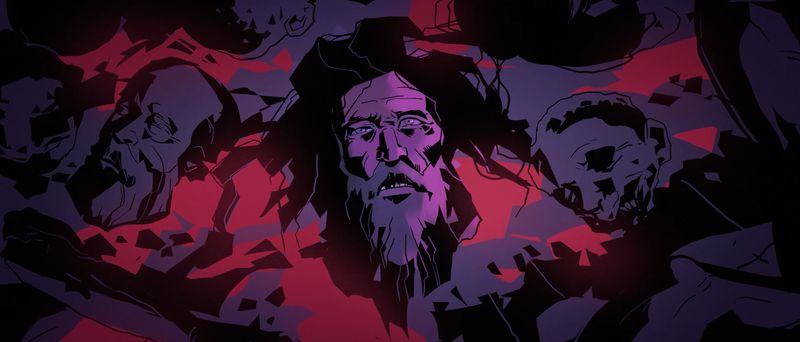
Tips & Trivia
Relic Search optimization is crucial as the Reliquary UI desperately needs a search bar; after unlocking dozens of relics, finding specific items becomes a chore. Fortunately, you can upgrade relics on the fly via workbenches—a handy dev tip that can turn you from underpowered to unstoppable. Developed by Rogue Snail, the Brazil-based studio behind Dandara: Trials of Fear Edition, Hell Clock showcases inventive gameplay rooted in local history, though it still feels like it needs more polish.
Final Thoughts
Hell Clock shows major promise. Its combat is top-tier, visuals and sound deliver a rich atmosphere, and relic designs hint at deep build potential. Yet pacing cliffs, limited skill synergy, and relic-hunt RNG hold it back from true greatness. It’s a must-watch title for ARPG fans, especially on sale, but I’ll hold my final “speedrun-worthy” stamp until a couple major quality-of-life and balance patches arrive.
Rating: 3.5 out of 5 stars
